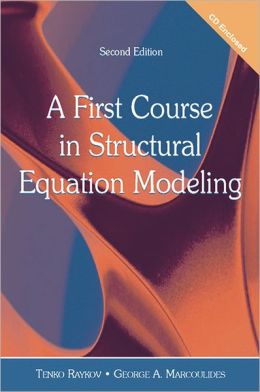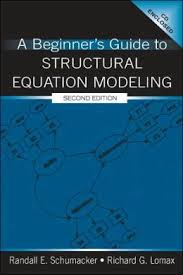ETABS 2013 can perform design of steel and concrete frames (with automated optimization), composite beams, composite columns, steel joists, and curved concrete
The innovative and revolutionary new ETABS 2013 is the ultimate integrated software package for the structural analysis and design of buildings. Incorporating 40 years of continuous research and development, this latest ETABS offers unmatched 3D object based modeling and visualization tools, blazingly fast linear and nonlinear analytical power, sophisticated and comprehensive design capabilities for a wide-range of materials, and insightful graphic displays, reports, and schematic drawings that allow users to quickly and easily decipher and understand analysis and design results.
ETABS 2013
-->
Or


.jpg)
.jpg)
















.jpg)




